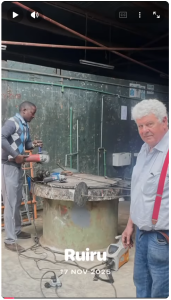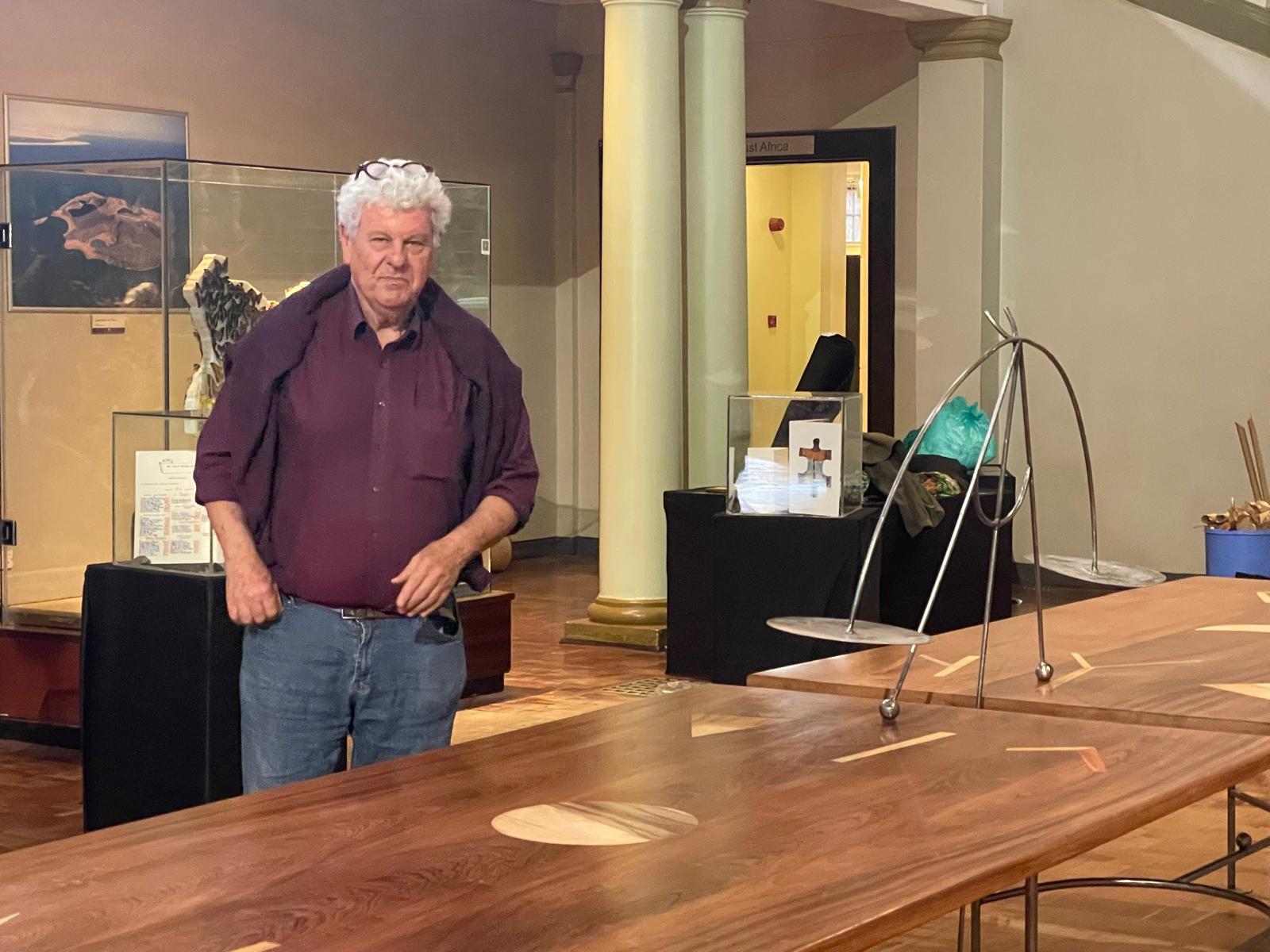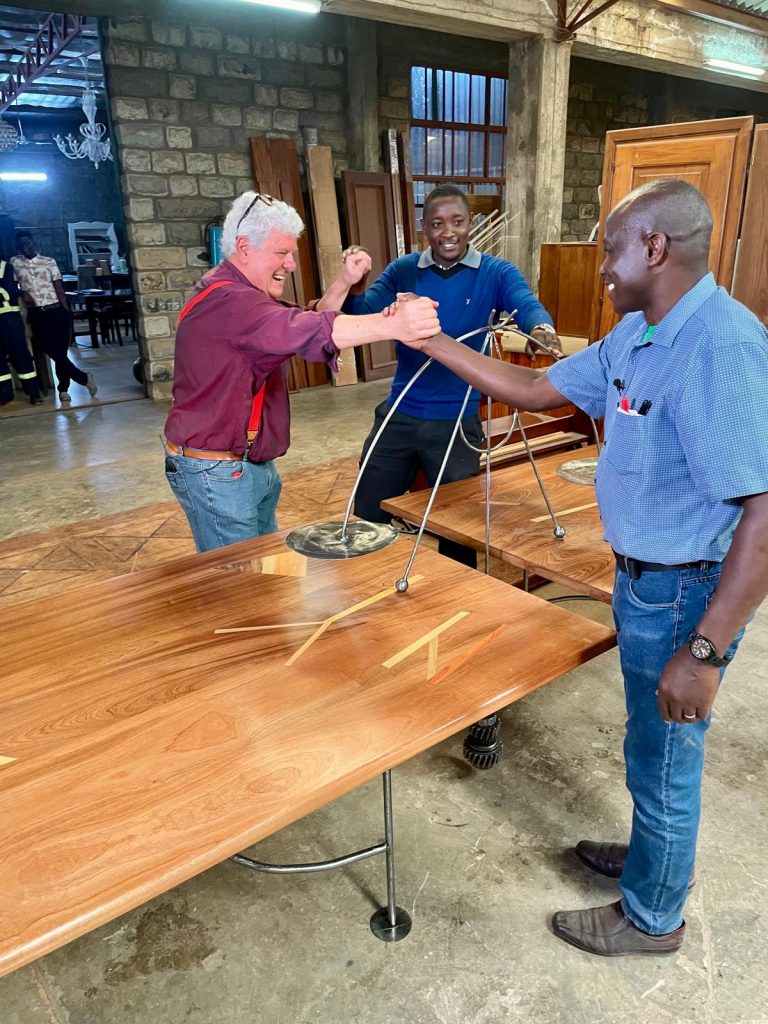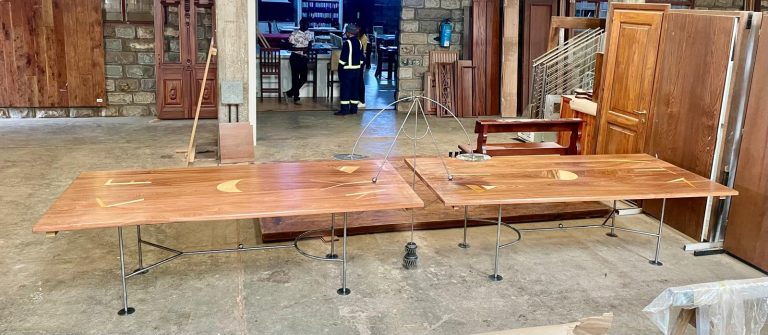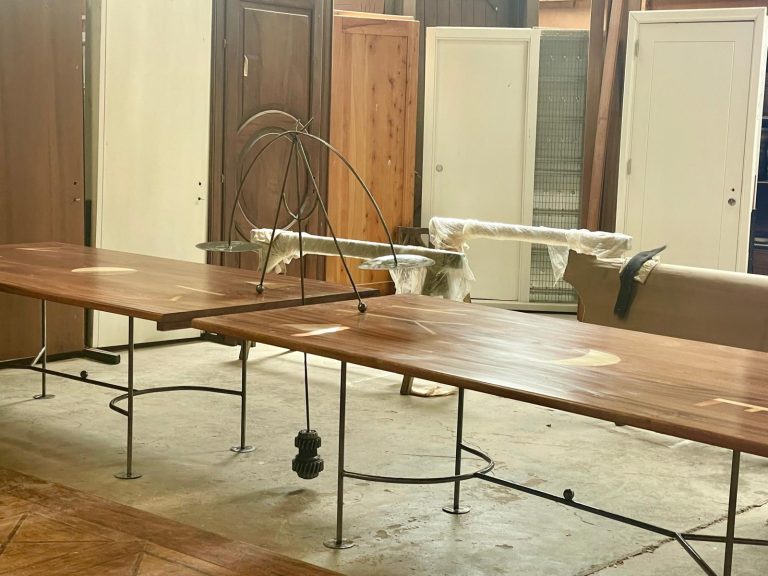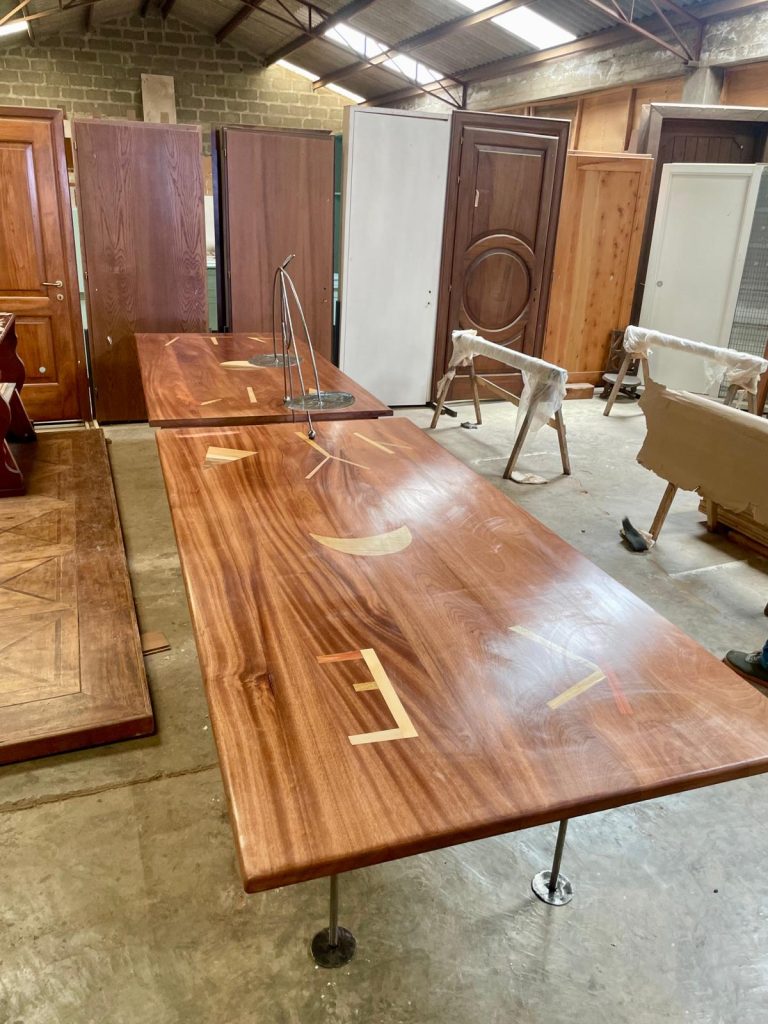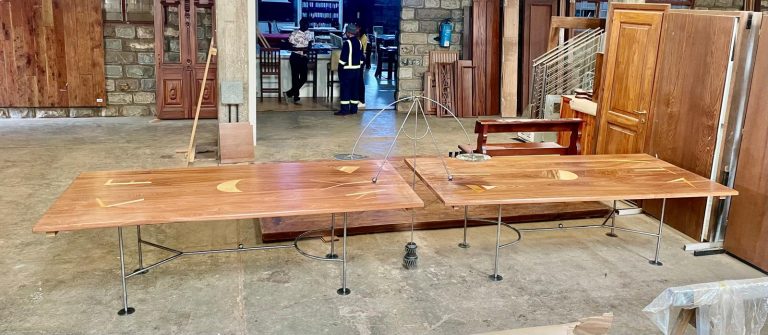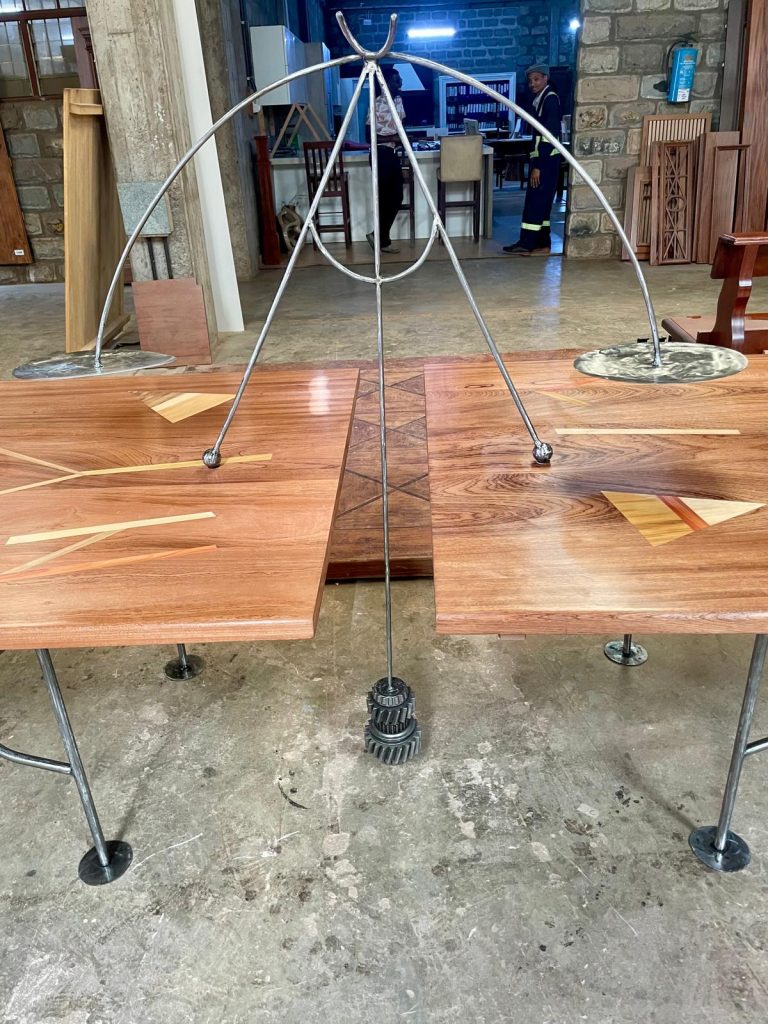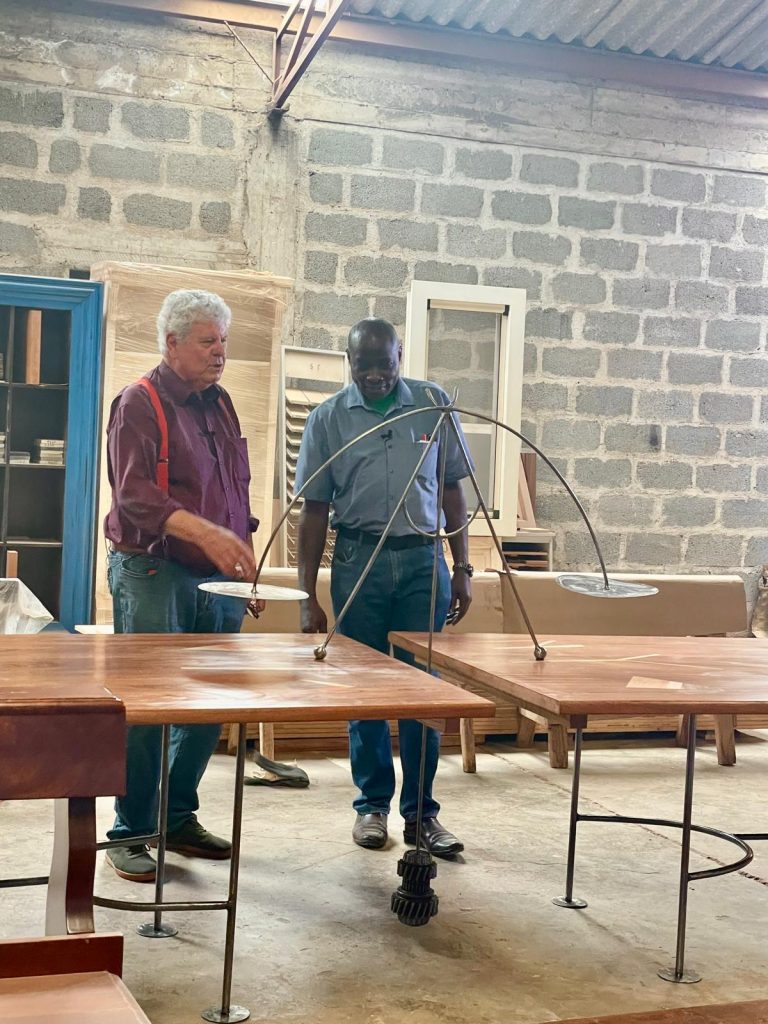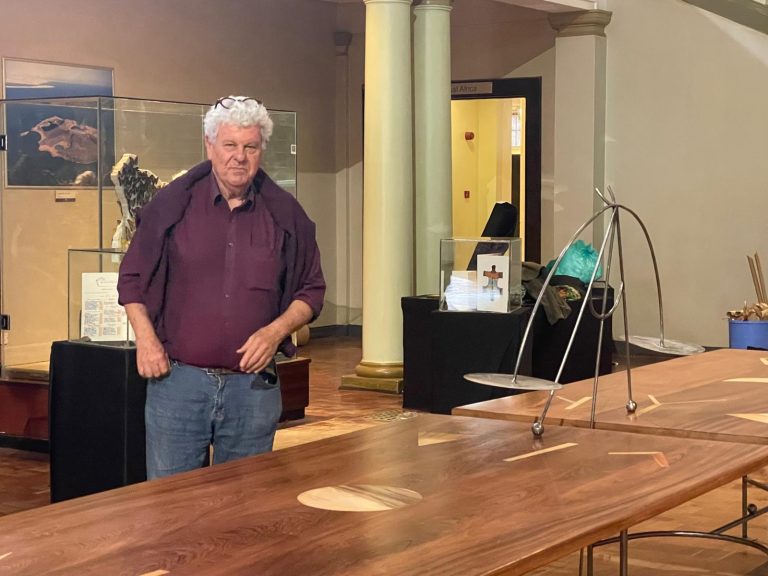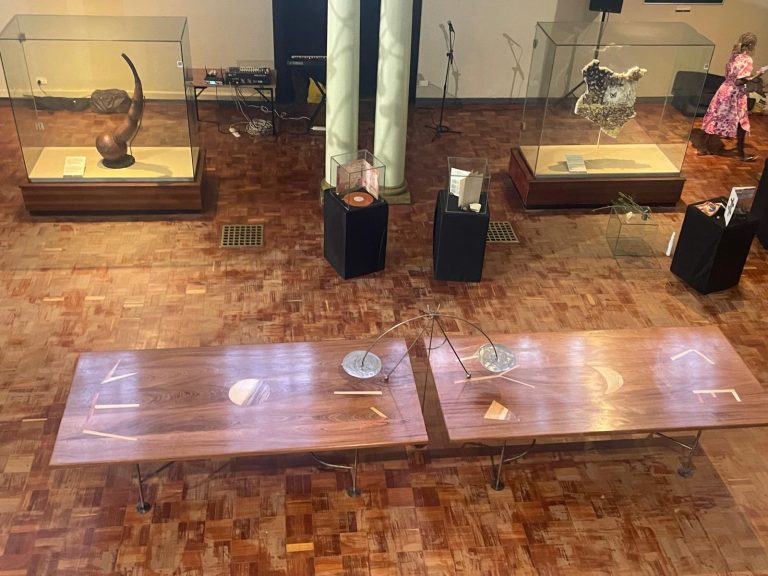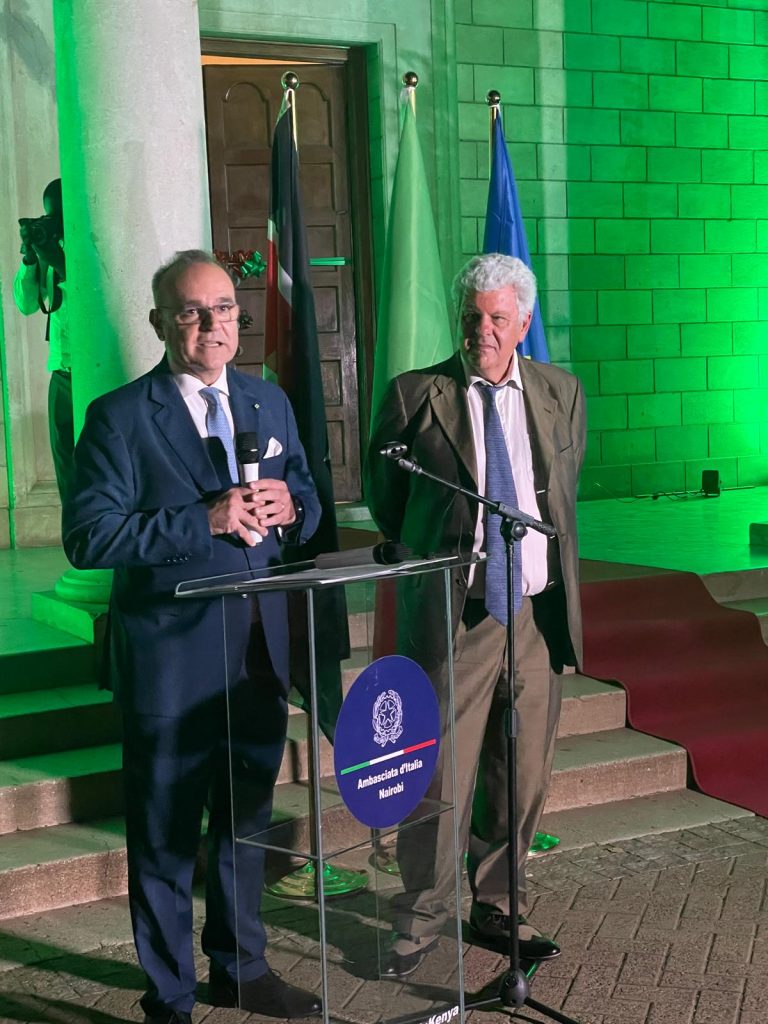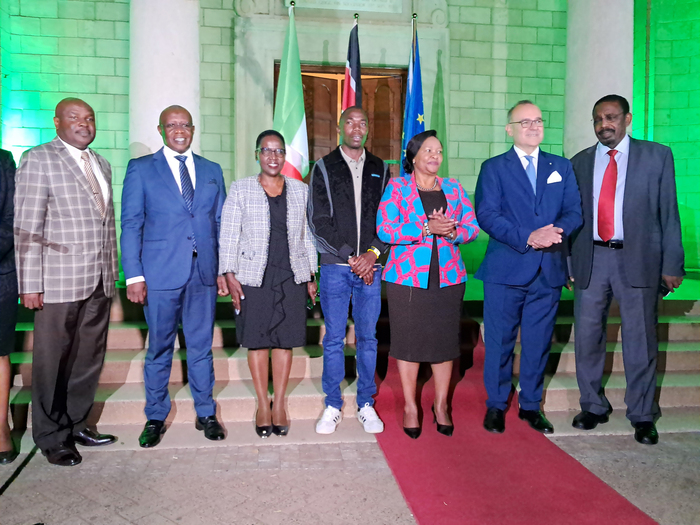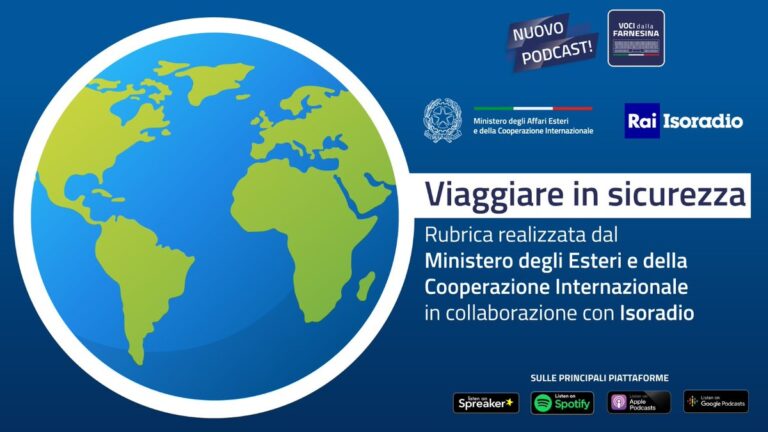Kenya embraces the work of one of Italy’s most important conceptual artists and is exhibiting it until 10 December at the National Museum in Nairobi, enhancing the exhibition “A tavola con l’Italia: 100 anni di gusto innovazione” (At the table with Italy: 100 years of taste and innovation) at the Garum Library and Museum of Cuisine, in collaboration with the international historical menu association “Menu Associati”.
The exhibition has been organised by the Italian Embassy in Kenya and curated by Alessia Autuori as part of Italian Cuisine Week in the World, promoted by the new ambassador Vincenzo Del Monaco, who arrived in Nairobi a few weeks ago.
Tommaso Cascella needs no introduction: born in Abruzzo, grandson of artists, painter and sculptor, he is one of the most celebrated Italian figurative artists, not only at national level. His sculpture “Il cielo capovolto” (The Upside-Down Sky), acclaimed at the 2011 Venice Biennale, is still an extraordinary, imaginative calling card.
We met him on the sidelines of the production of his work for Kenya, which he has decided to donate to the Italian Embassy and which will be on permanent display in the ambassador’s residence.
We met Cascella, on his first trip to sub-Saharan Africa, on the sidelines of the production of the work, a mahogany table embellished and supported by ironwork entitled “Arco, ponte, bilancia, arcobaleno di pace e lavoro” (Arch, bridge, scales, rainbow of peace and work), which symbolises the collaboration and harmonious encounter between Italy and Kenya.
What was it like to produce one of your works from scratch in Africa, using locally sourced materials, resources, services and collaborators?
“Attractive and full of suggestions. I had a great time in Nairobi, starting with the climate, which for me, a lover of heat but not suffocating heat, was a source of great empathy. Then there was my stay at the St. Kizito vocational school, on the outskirts of the capital, where I was put in the best position, humanly speaking, to imagine and create this work. Their wood workshop is extraordinary”.
St. Kizito is one of the expressions of Italian cooperation in the training of Kenyan workers, in the spirit of the Mattei Plan. How was your approach with the young carpenters and blacksmiths? And how did you find their reaction?
The young people are well on their way to closing the gap with our standards of specialisation. This is also because they are very talented. They were very curious, eager to listen and understand my “vision”, but also to discuss their ideas and their concept of “identity”. The resources they have at their disposal, and which I have also had to deal with, are what they are, but the creativity and inspiration that these places inspire can easily make up for that. It was also interesting to share the vision of Africa and its potential that an Italian artist like me, on his first experience here, can have with their expectations and their desire for the future.
How did the metaphor of a table divided in two and joined by an iron structure come about?
‘First of all, from the beautiful Kenyan mahogany wood and the possibility of working it in St. Kizito.
The table divided in two shows Italy on one side and Kenya on the other (there are also the initials of the two countries), separated by an inevitable maritime and continental divide, but united by an imaginary bridge and a set of scales. The work symbolises the union that arises from balance and harmony, and which is expressed in equity, social justice (the dual meaning of the scales) and peace. In addition to iron, the link between the two parts of the table is the gearbox of a car engine. The idea of suspension as a whole leads us to an optimistic view of the future of Kenya and our relations with the African country’.
Cascella returns to Italy with a wealth of positive stories and sharing, in tune with the values and hopes expressed in his work, which remains here in his stead, bearing witness to an impromptu liaison that has all the hallmarks of eternity.
The work, as well as the exhibition, is open to the public in the ground floor hall of the Nairobi National Museum, every day from 9 a.m. to 5 p.m. until Wednesday 10 December.
Source: malindikenya.net
